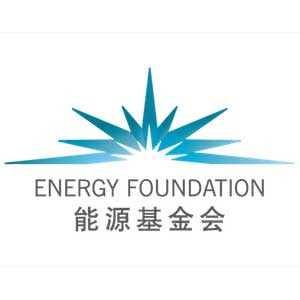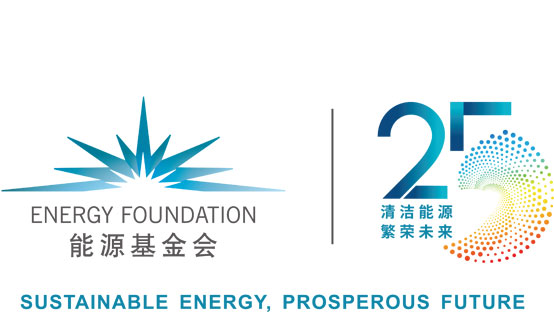New Coal Pledge Manifests China’s Commitment to Global Responsibility
In September 2021, Chinese President Xi Jinping promised during his speech to the United Nations General Assembly that China will “step up support for other developing countries in developing green and low carbon energy, and will not build new coal-fired power projects abroad.” A landmark pledge from China in the global fight against climate change, his announcement has attracted heavy attention both domestically and internationally. It manifests China’s commitment as a “participant, contributor, and torchbearer” in the fight, and is another major step forward in its measured climate goals, strategies, policies, and actions that aim to complement each other and bolster China’s environmental campaigns such as “eco civilization” and a green Belt and Road Initiative (BRI).
President Xi’s pledge means that the Chinese government and state-owned enterprises will stop investing in overseas coal power projects with public financing. It also means that China will give up its advantages in coal power equipment manufacturing and power plant operation, essentially letting go of a large market in the developing world. The new policy highlights China’s willingness to take its share of responsibility for global climate action. It is also a clear signal for coal-fired power equipment manufacturers, exporters, operators, and investors: it is time to stop building coal power projects and accelerate their pivot to the low carbon energy market. For all the stakeholders in the overseas coal power supply chain, proactive transition means survival and sustainable prosperity into the future.
China has been supporting the global south in its low carbon transition, especially after green development was elevated as one of BRI’s main themes in 2015. The theme got further emphasis after President Xi’s address at this year’s Leaders Summit for Climate in April. China is using its strength in solar and wind manufacturing and operation to support developing countries accelerating their renewable energy build-up. According to South and Southeast Asia data analyzed by Greenpeace, from 2014 to 2018, Chinese companies participated in 2.18 gigawatt (GW) of solar power installation and planning in countries such as Pakistan, India, Malaysia, and Thailand through equity investment; 8.44 GW of solar farms were built in BRI host countries with Chinese equipment involvement; 12 Chinese companies were building solar power manufacturing bases in Thailand, Vietnam, and other countries that would create more than 7 GW of production capacity after completion; and 1.76 GW of wind power was already built or in the pipeline. Those numbers indicate a new contribution from China to the clean, low carbon development of other developing countries.
Energy Foundation China (EF China) has been at the forefront of calling for an overseas coal exit from China and supporting efforts to meet local energy needs and achieve economic recovery through green energy. In 2018, together with Kate Hampton of the Children’s Investment Fund Foundation and Wang Yi of the Chinese Academy of Sciences, I began serving as a co-lead for the special policy study on global climate governance of the China Council for International Cooperation on Environment and Development. Over the next three years, the study has directed its research focus to China’s overseas coal investments and submitted its recommendations to top Chinese leaders on stopping public financing of such projects. Also in 2018, EF China set up a BRI task force and a Track II Cooperation task force, which have supported analysis and dialogues on the climate risks of China’s overseas investments and assessments of green investment, and shared our findings with decision-makers at government departments and financial institutions. The foundation has also partnered with the United Nations Economic and Social Commission for Asia and the Pacific and the ASEAN Energy Center in helping Southeast Asian countries to create their energy transition plans. EF China has also been a member of the BRI Green Alliance, convened by the Chinese Ministry of Ecology and Environment since 2019.
We must recognize that huge gaps still exist in developing countries’ energy supplies. For those less developed countries rich in coal resources, cheap coal-fired power may still appear to be an attractive option. The demand for coal power can still be very high in the global south, which creates an opening for a large number of private investors. Helping those countries achieve true low carbon prosperity requires international cooperation and inter-governmental coordination. The core question is how do developing countries themselves envision their energy development paths? China should work with international partners in supporting such countries to design their sustainable energy transition roadmaps on the basis of United Nations’ Sustainable Development Goal 7 (Affordable and Clean Energy) and Goal 13 (Climate Action). Such roadmaps and accompanying economic policies should be tailored for different regions to direct low carbon energy investments and address their energy demand and supply issues in a holistic way. In the process, China can also harness its advantage in renewable equipment manufacturing and operation to provide support.
Stopping overseas coal power build-up is just the first step. EF China will continue working with partners to advance energy access and low carbon development goals in China and across the world.




